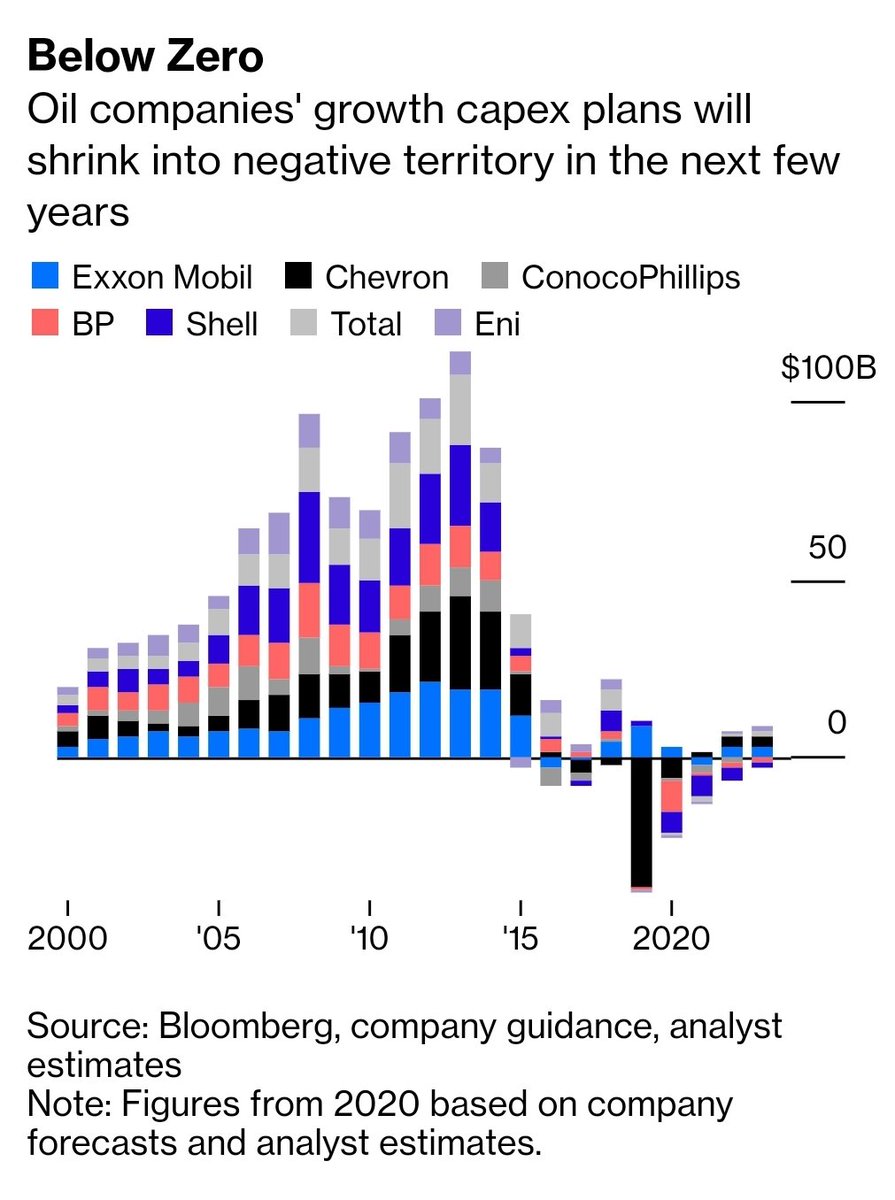
It's funny/infuriating that while @ARKInvest et al are spinning an impossible story about crypto mines as a key source of demand for low load-factor renewables, in the real world crypto mines are now a key source of demand for high load-factor fossil fuels.
https://twitter.com/ayanaeliza/status/1395872305537036289
Load factor is the share of time that a generator is producing electricity.
At the upper end it's roughly:
Nuclear: 90%
Fossil fuels: 85%
Hydro: ~70%
Offshore wind: 60%
Onshore wind: 40%
Solar: 25%
At the upper end it's roughly:
Nuclear: 90%
Fossil fuels: 85%
Hydro: ~70%
Offshore wind: 60%
Onshore wind: 40%
Solar: 25%
There's nothing wrong with low load factor, and given the spread of renewables technologies and the ability of grids with storage to balance the supply of power through the day with highly variable loads from households, it's not a barrier to net-zero grids.
But if you have some industrial equipment that has a high capital cost, depreciating very fast, you need to operate it as close to 100% of the time as possible to pay off your capital expenditure.
Think of it this way. You spend $1m on ASIC chips to mine Bitcoin, and you know that in 18 months the chips on the market will be so much faster that your mining rig will be obsolete.
If you operate that rig 100% of the time you will make four times more money than if you operate it 25% of the time. So obviously you want the high load-factor generator, not the low load-factor one.
The other obvious indicator of this is that where Bitcoin miners are hooked up to more-or-less captive power plants, it's all high-load-factor hydro (Sichuan and Yunnan, NE and NW U.S.) rather than low-load-factor solar and wind (India, Europe).
By the way, this is literally the issue that green hydrogen advocates are wrestling with, and finding pretty challenging. You want high utilization on an electrolyser just as you do with a crypto rig, and it's complicated to make that work with non-hydro renewables.
One reason the scale of many proposed green H2 projects is so vast, on the 10+ gigawatt scale, is that you need a *lot* of wind turbines, solar panels and storage options (including H2 as storage) to get high utilization on your electrolyzers.
Only major energy companies, utilities, and industrial businesses, operating in joint ventures and with government support, are likely to have the wherewithal to achieve this over the next few years.
The capital needs are simply too great for Bitcoin-mining startups to compete.
The capital needs are simply too great for Bitcoin-mining startups to compete.
Correction to the above: "more-or-less captive *renewable* power plants". As the story prompting this thread indicates, they are very keen on captive *fossil fuel* power plants and hydro, just not solar and wind.
https://twitter.com/davidfickling/status/1395881868499718149?s=19
• • •
Missing some Tweet in this thread? You can try to
force a refresh






